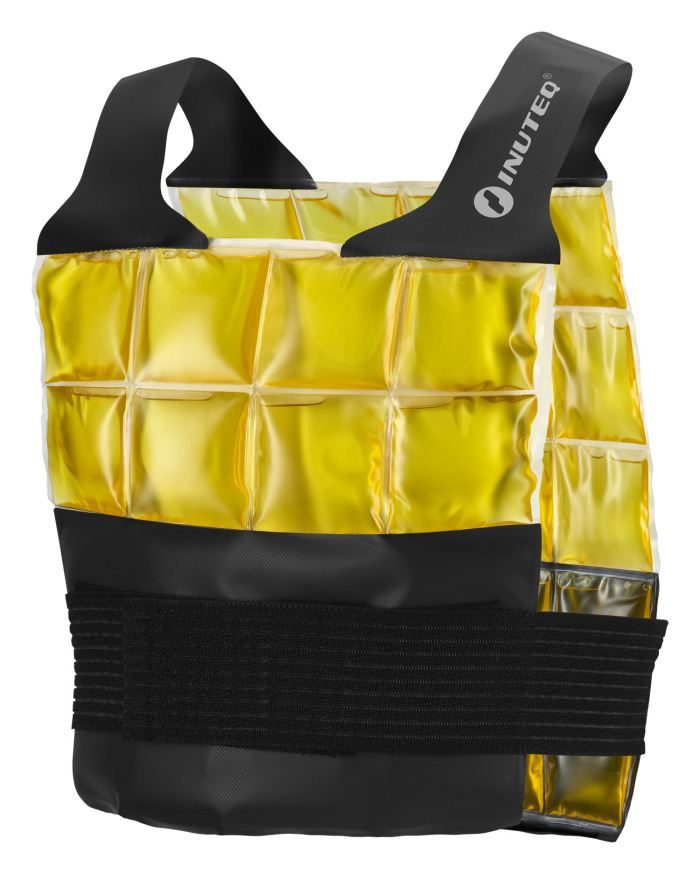PCM CoolOver-X: Firefighter Cooling Vest developed with the Bad Homburg Fire Department in Germany.
Firefighters face extreme conditions that make them vulnerable to heat stress - a silent occupational hazard that can impair performance, compromise safety, and cause long-term health effects. Managing heat stress effectively is essential to safeguard firefighters’ health and enhance operational efficiency.

Mr. Daniel Guischard, Fire Director of the Bad Homburg Fire Department:
“As part of the climate adaptation strategy for fire departments, this innovative and economical body cooling system represents a significant contribution to reducing heat stress. The universal fit is ideal for use in forest and vegetation firefighting, interior attacks, and when using highly insulating CBRN protective clothing. It exceptionally meets the requirements of volunteer fire departments as well as professional and industrial fire brigades. This body cooling system is also highly relevant for industrial applications, mine rescue, and other official users such as military or police - both for special operations and everyday use. We are convinced that such systems will become an integral part of a modern protective clothing standard in the future. Therefore, we have decided to equip every firefighter with a corresponding cooling vest. Reducing heat stress and the associated increase in endurance and health protection of our emergency forces will play a central role in coping with the consequences of climate change”.
Risks & Impact on health and performance
The Risks
- Temperatures during firefighting operations can exceed 750°C in residential fires and 1100°C during bushfires.
- While essential for safety, standard firefighting gear creates significant thermal burden. Weighing 17-25 kg,
PPE restricts mobility and critically impairs the body’s natural cooling mechanisms. The insulative properties
necessary for protection simultaneously trap body heat, accelerating core temperature rise. - Duration and intensity of exposure to heat during firefighting tasks
- Increased risk due to existing health conditions, poor hydration, and body size.
Impact on health and performance
- Core body temperatures sometimes reaching dangerous levels of 39°C (102.2°F) and occasionally peaking at 40.2°C (104.4°F).These elevated core temperatures significantly impair cognitive functions and physical responsiveness, increasing
the risks of heat strain and heat stroke, articularly when firefighters must perform intense physical tasks in high-temperature environments. - Firefighters often perform multiple tasks in rapid succession with short recovery periods. Core temperatures continue to
rise with each successive activity due to insufficient cooling time, potentially reaching critical levels. - Up to 50% of firefighter fatalities are due to sudden cardiac events exacerbated by heat stress.
- Exposure to heat stress reduces mental performance, slowing reaction times and impairing decision-making. This increases the risk of errors in critical firefighting tasks.